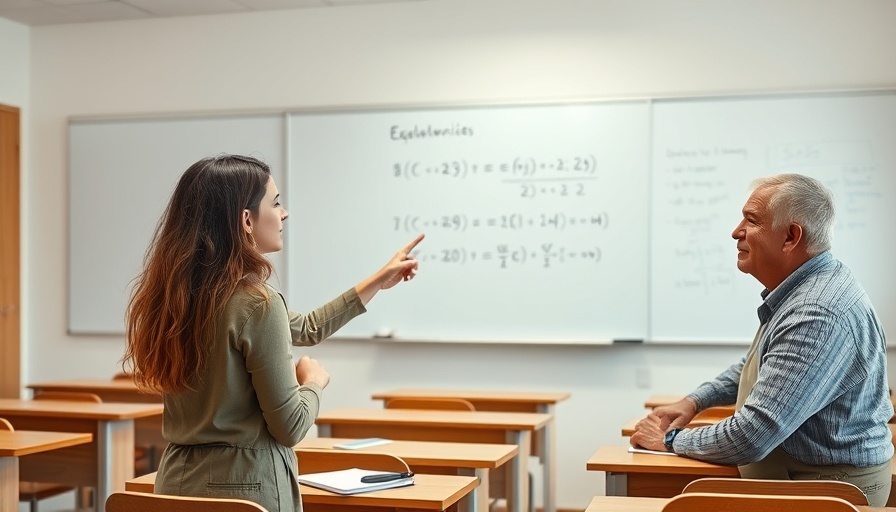
Revamping a Legacy: How a Graduate Student Transformed a Century-Old Equation
In a remarkable instance of innovation meeting tradition, Divya Tyagi, a graduate engineering student at Pennsylvania State University, has successfully revised an age-old mathematical formula laid down by aerodynamicist Hermann Glauert to enhance the efficiency of wind turbines. This remarkable feat not only bridges the gap between historic knowledge and modern application but also promises to reshape the future of wind energy generation.
The Significance of Tyagi's Research
Glauert’s original formula, established over a hundred years ago, served a pivotal role in advancing wind energy technology. It was designed to optimize the performance of rotating actuator disks, crucial in determining the maximum power coefficient of wind turbines. However, Tyagi's research identifies critical shortcomings in this equation, particularly failing to account for several forces that affect turbine efficiency, such as downwind thrust and bending moments.
Innovative Insights into Wind Turbine Performance
Tyagi has not only refined the age-old equation but has also made it more versatile by incorporating additional variables into the analysis. She explained that understanding these new coefficients is essential: “If you have your arms spread out and someone presses on your palm, you have to resist that movement. This scenario highlights the critical aspects of downwind thrust force and root bending moment that directly impact turbine performance.” Such nuanced considerations are fundamental to producing a more reliable and effective formula that engineers can apply in the field.
Potential Impact on Renewable Energy Production
So why does this matter? As Tyagi explains, a mere 1% improvement in a turbine's power coefficient could radically elevate its energy output. This change could provide enough power for an entire neighborhood, showcasing the direct link between academic research and tangible community benefits. This could be a game-changer for sustainable energy production, especially as communities seek to transition from fossil fuels to renewable sources.
Where Theory Meets Practical Application
The enhanced equation allows engineers to more accurately model turbine performance under various conditions, thereby advancing wind technology without necessitating significant overhaul costs. Tyagi's work will facilitate better production rates while concurrently driving down operational costs in a sector that is ripe for sustainable innovation.
Vision for The Future
Sven Schmitz, Tyagi’s advisor and co-author, emphasizes the potential widespread adoption of this revised equation: “The real impact will be on the next generation of wind turbines using the new knowledge that has been unveiled.” Schmitz foresees this simple yet effective modification making waves in engineering classrooms globally, contributing to a sustained culture of innovation in renewable energy.
A Call for Sustainable Practices in Real Estate
As homebuyers, sellers, and property investors, your role in shaping a sustainable future is crucial. By embracing eco-friendly practices in your property decisions, you can advocate for greener technologies. Investigating homes that utilize wind energy or are located in communities that promote sustainable practices not only benefits the planet but could also increase property values in a market increasingly influenced by environmental considerations.
As we engage more in this era of sustainability, it’s essential to stay informed about these innovations and how they influence our homes and communities. By incorporating insights like Tyagi’s enhanced equation into property evaluations, you’re empowered to make decisions that align with both your values and investment potential.
 Add Row
Add Row  Add
Add 





 Add Row
Add Row  Add
Add 








Write A Comment